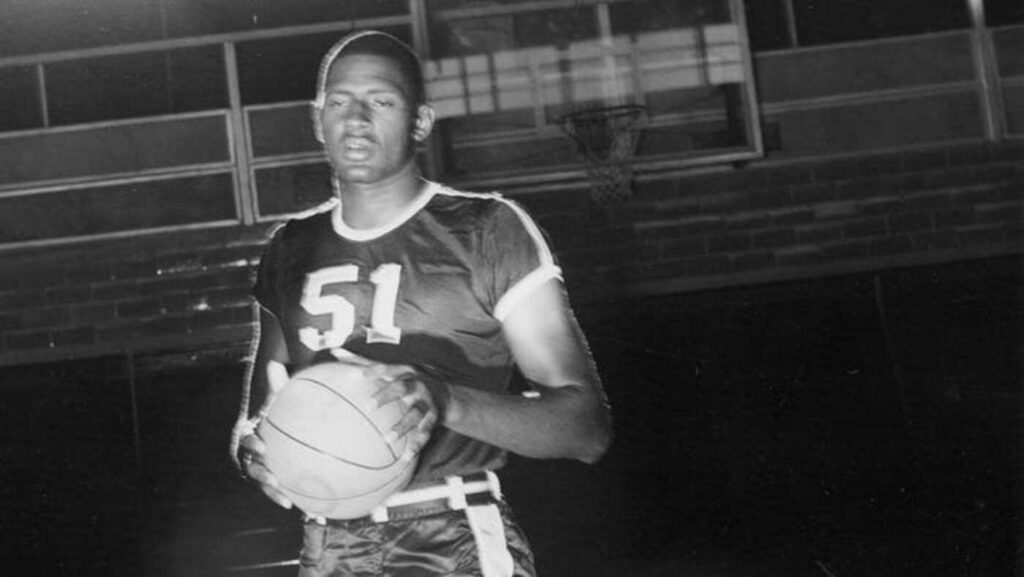
In honor of the passing of the great Willis Reed, I thought I’d revisit the interesting series of events that led to him being drafted by the Knicks in the second round of the 1964 NBA Draft.
Nowadays, the NBA Draft is a really big deal, with combines and “three on three” scrimmages, but in the old days, NBA teams had much less information available to them when they made picks. Obviously, they had scouts attend college games, especially match-ups between major prospects, but most of the attention was reserved for stuff like college all star games or college playoff games (honestly, the whole “stressing the importance of playoff games” thing still exists today, although it seems like to a lesser degree than it did in the past). However, every four years, there was another event that helped teams a lot, the Olympic Basketball team tryouts! All the best draft prospects were there competing against each other! And in 1964, the Olympic tryouts worked out in such a way that it really benefited the Knicks when it came to a particular big man who would end up becoming rather important to the franchise (as in, you know, their only winner of the league’s Most Valuable Player award).
Willis Reed attended high school in small town Louisiana, growing up in Bernice, LA. Reed was obviously a dominant high school player, with one particularly famous incident involving Reed’s sneakers being stolen before a game and him still scoring over 50 points barefoot!
He wasn’t sure what to do after high school, so he asked a family friend, a White businessman, for advice. When the man asked Reed what he wanted to do, he replied (From the Louisiana Sports Hall of Fame):
“I want to play professional basketball,” he replied. Then he stood up. “Look at me,” he said. “If I can’t play pro basketball, I’m going to have to be a common laborer.”
“It will take a lot of hard work,” Salley warned.
“I’ve been working hard all my life,” Reed said. “I’ll do whatever it takes.”
On the man’s advice, Reed attended the small, historically Black Grambling State University, where he was outstanding. However, Grambling State was in the National Association of Intercollegiate Athletics (NAIA), the small college organization, rather than the National Collegiate Athletic Association (NCAA) and thus the players from the NAIA got MUCH less respect than the big school players.
This was made evident at the 1964 tryouts for the Olympics. Reed, by the way, did not even want to attend. He believed that he had played so well in college that he was likely to be drafted anyways (the Detroit Pistons head scout, Earl Lloyd, saw Reed dominate Bob Love’s Southern University in a game and Love was obviously a really legit young talent, even back then) and he wanted to rest so that he could come on strong in his NBA rookie season (he noted that the award he wanted was NBA Rookie of the Year, not the Olympic Gold Medal). However, the school believed that it was an honor just to be invited and it would do a lot for Grambling’s name recognition among the country if Reed attended.
So he went to the tryouts, but he knew that the deck was stacked heavily against him making the team. The NCAA players made up three teams (Red, White and Blue) and the NAIA’s best players had their own team. The American Athletic Union (AAU) and the Armed Forces also contributed two All-Star teams apiece. So, all of these teams would then play against each other and the tryouts would end with the National Team being selected from the various rosters.
Everyone knew that the majority of the team was going to be taken from the NCAA, but Reed and his fellow NAIA big man, Luke “Lucious” Jackson balled like crazy and they made history as an NAIA player actually made the National Team! However, that player was Jackson and not Reed.
Meanwhile, the National Team was led by NCAA stars like center Jim “Bad News” Barnes (who pushed Lucious Jackson to power forward), small forward Bill Bradley, guard Walt Hazzard and a young guard/forward named Joe “Pogo” Caldwell, who was named Pogo for how athletic he was and how good he was at jumping (guard Jerry Shipp made it from the AAU team and was a major contributor, as well. I believe Shipp actually led the team in scoring per game).
Caldwell was electric and so when the time for the NBA Draft happened, the Knicks picked #1 and the Pistons picked #2 (the Royals and the Lakers both made territorial picks ahead of them) and the Knicks went with Barnes and the Pistons went with Caldwell.
Myron Cope wrote in Sports Illustrated in 1967, “The Pistons desperately needed a big man, and they were to get first pick in the draft. Head Scout Earl Lloyd recommended 6’10” Willis Reed, an unheralded prospect from Grambling, or, if not him, 6’9″ Lucius Jackson. No, said Wolf [Charles Wolf, the short-lived Pistons coach who inexplicably was given complete control over the team by the Pistons owner for that season after wooing him away from the Cincinnati Royals, where he had two good seasons as the coach. He was fired early in his second season as the coach – BC]. He personally had scouted the U.S. Olympic tryouts and had become infatuated with flashy Joe Caldwell, 6’5″. “We felt we needed someone who was exciting,” Wolf explains. He drafted Caldwell (who, after little more than one exciting season as a Piston bench warmer, was traded to St. Louis for small change), while superfind Reed went to New York and strongman Jackson to Philadelphia.”
As noted, Jackson, who beat Reed out for the Olympic team spot, went #4 to Philadelphia.
Reed had to wait until the start of the second round for the Knicks to pick him. Jackson actually would win a title with the Sixers, but, yeah, I think we all know how things worked out with Reed and the Knicks. It was good.
And if the Olympic tryouts didn’t happen in 1964, who knows what would have happened? Reed, for his part, thought that even being invited helped his draft stock. By the way, he did bring home the Rookie of the Year trophy!
RIP, Captain

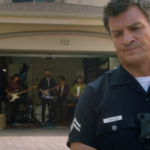
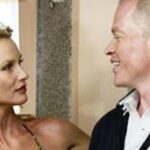


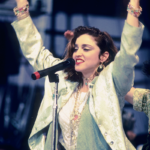
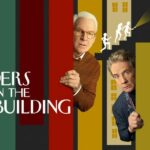
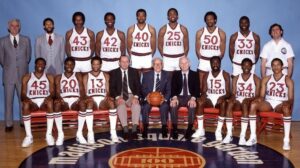
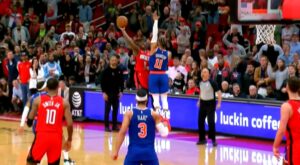
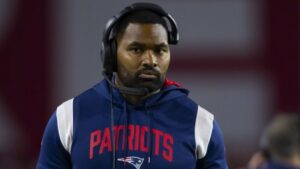
1 thought on “How Willis Reed Not Making the Olympic Team Helped the Knicks Draft Him”